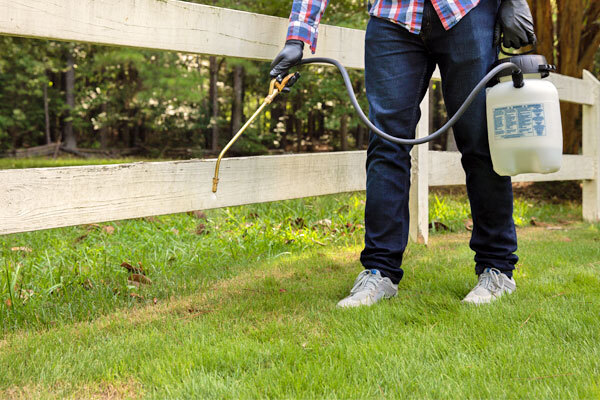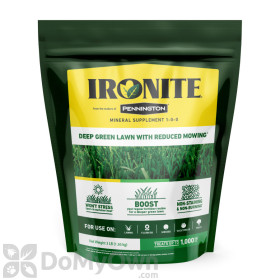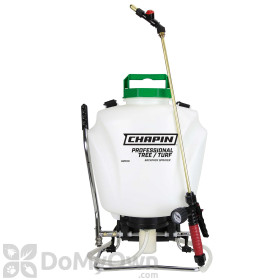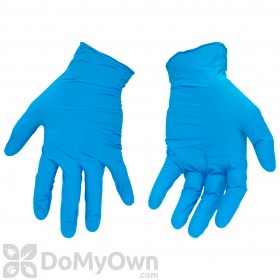
Lawns require certain key minerals to thrive. One important part of your lawn's "diet" is iron--just like the people and animals in your home. Add iron to your soil to help prevent discoloration and other unwanted symptoms that can detract from your lawn's natural beauty.
Keeping your lawn healthy through the use of soil amendments can also leave it better equipped to resist disease and weeds.
How Do I Know If My Lawn Needs Iron?
Take a look at your lawn. Are there lighter green or yellow patches, or are the tips of some blades of grass beginning to yellow? These could be signs of iron deficiency in your lawn. Learning which nutrients your lawn and soil are lacking is a great first step in the DIY process of fixing that problem and improving your lawn's health overall. We recommend taking a soil sample for testing to learn what is missing and what is plentiful.
With a soil test kit you can collect your sample, send it in for testing via the included pre-addressed envelope, and receive the results by email within 7-10 days in most cases.
Local extension service offices are another great resource for learning more about the needs of your lawn. Services offered by these offices may vary by location, so contact your local office for more details.
If your soil is lacking iron or other micro-nutrients, adding a soil amendment such as the iron for lawns products found here could be the best move you can make for improved lawn health.
What Types of Iron Supplements for Lawns Exist?
Iron additives for your lawn typically come in two forms--as a liquid, which can be diluted and sprayed, or as granules, which can be spread across your lawn and take effect after watering. These products are often called "chelated iron," meaning that the iron has been chemically formulated to be absorbed more easily by the plants they're intended to help.
Liquid applications typically work the fastest, as the iron additive is absorbed by the leaves of your lawn almost immediately. Granular applications may not take effect as quickly, but sometimes last longer, meaning fewer treatments are needed for a greener, healthier lawn.
When Should I Apply Iron to my Lawn?
Iron supplements can be applied to your lawn through the entire growing season--starting in spring and continuing through to the fall for cool-season grasses. Your turf will likely make the best use of these sorts of treatments during the summer months when growth is accelerated by plentiful sunshine and rain. The recommended application window may be shorter for warm-season grasses. It's best to check the label of your product for specifics about the most effective times to apply, and how frequently they should be applied.
You can also check out our Lawn Care Schedules for Cool Season and Warm Season to find the best time to apply iron to your lawn based on the type of grass you're treating.
How Do I Apply Iron to my Lawn?
To apply a liquid iron treatment for your lawn, first confirm that the product is labeled for use with your type of turf. Then, obtain a hand pump sprayer or a backpack sprayer for the job. Some products will be shipped in a bottle that can be attached to your garden hose for easy application.
Check out our How to Apply Iron To Your Lawn DIY video for some additional helpful tips:
Granular soil amendments are applied with a spreader--either hand-held or a push model. For best results, apply a granular treatment to a damp lawn, then "water in" the product after you're done. Plenty of water in the ground will activate the granules and help jumpstart the process to bring you quicker results.
Learn how to mix and apply liquid and granular products like a professional with our DIY guide. Be sure to read all labels and safety data sheets before using any product, and protect yourself with PPE while working with any chemical treatment.








